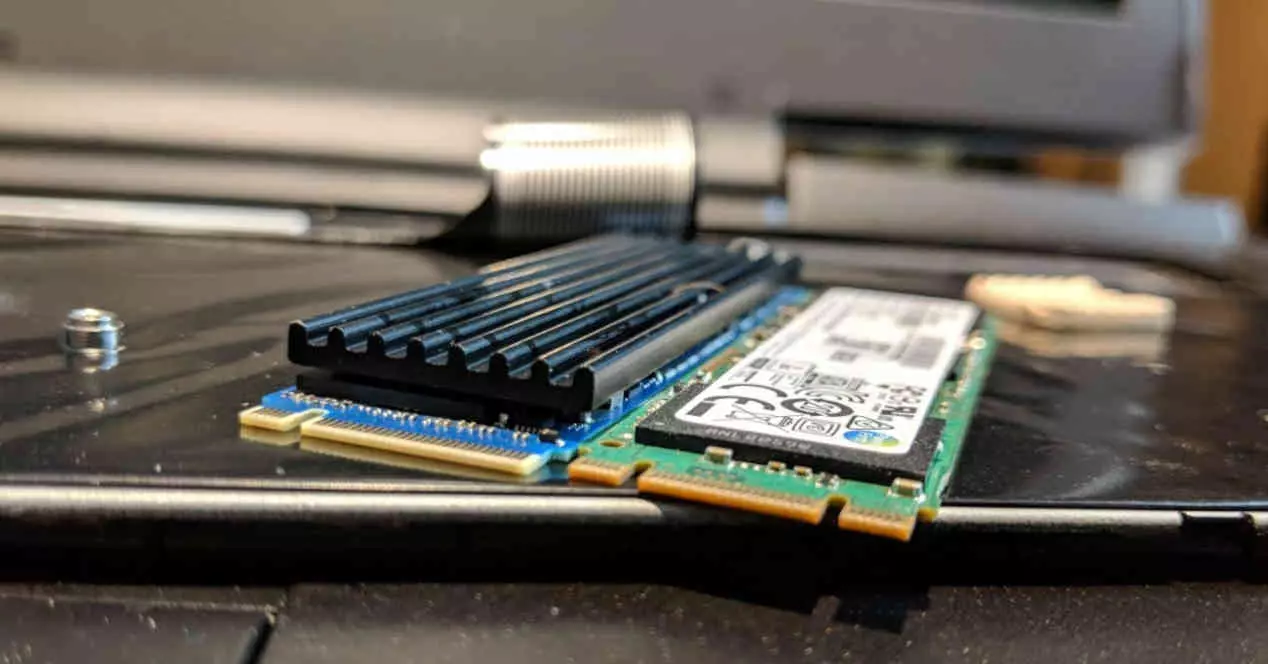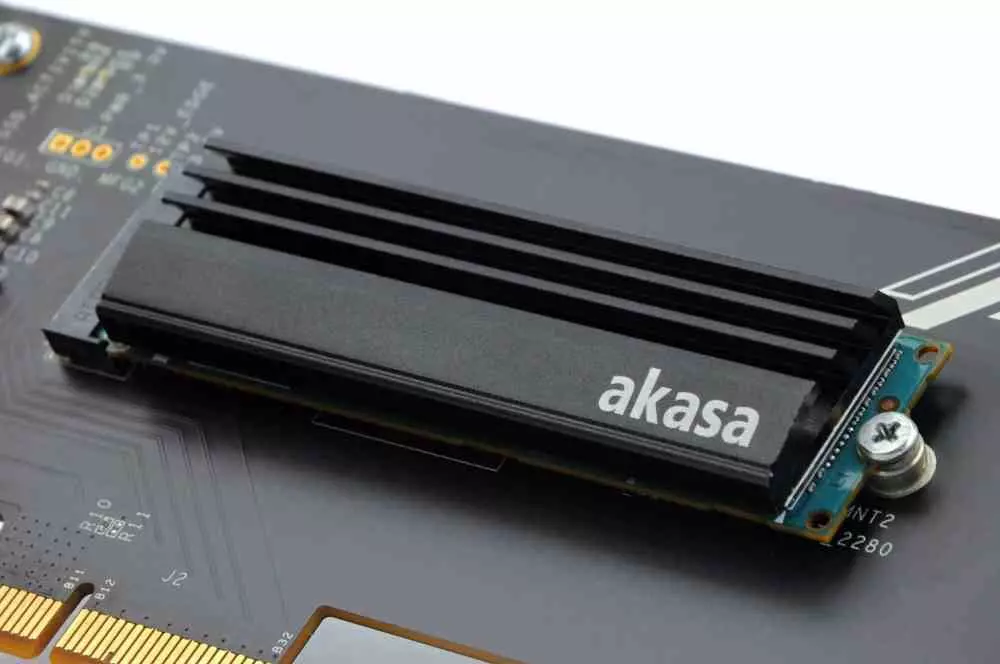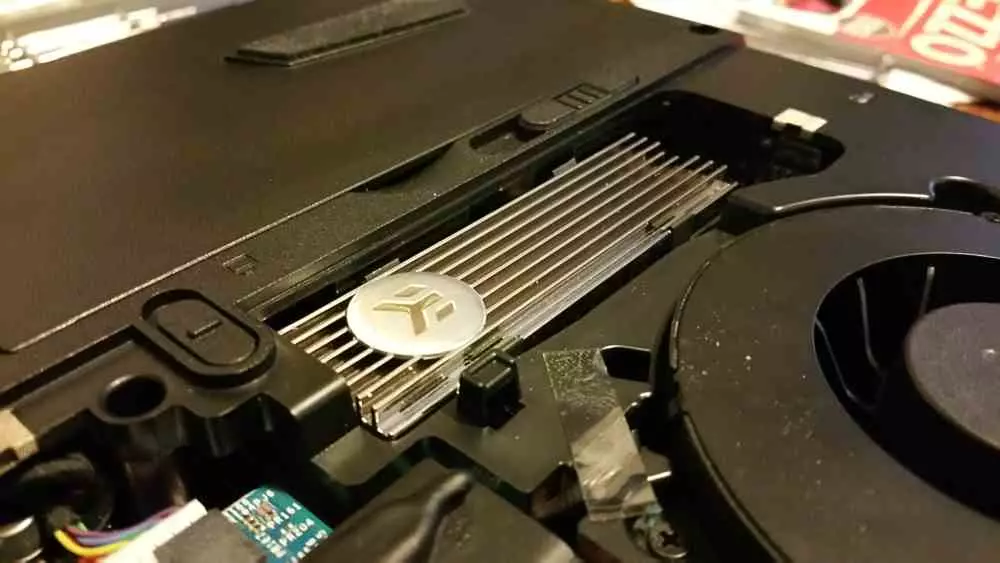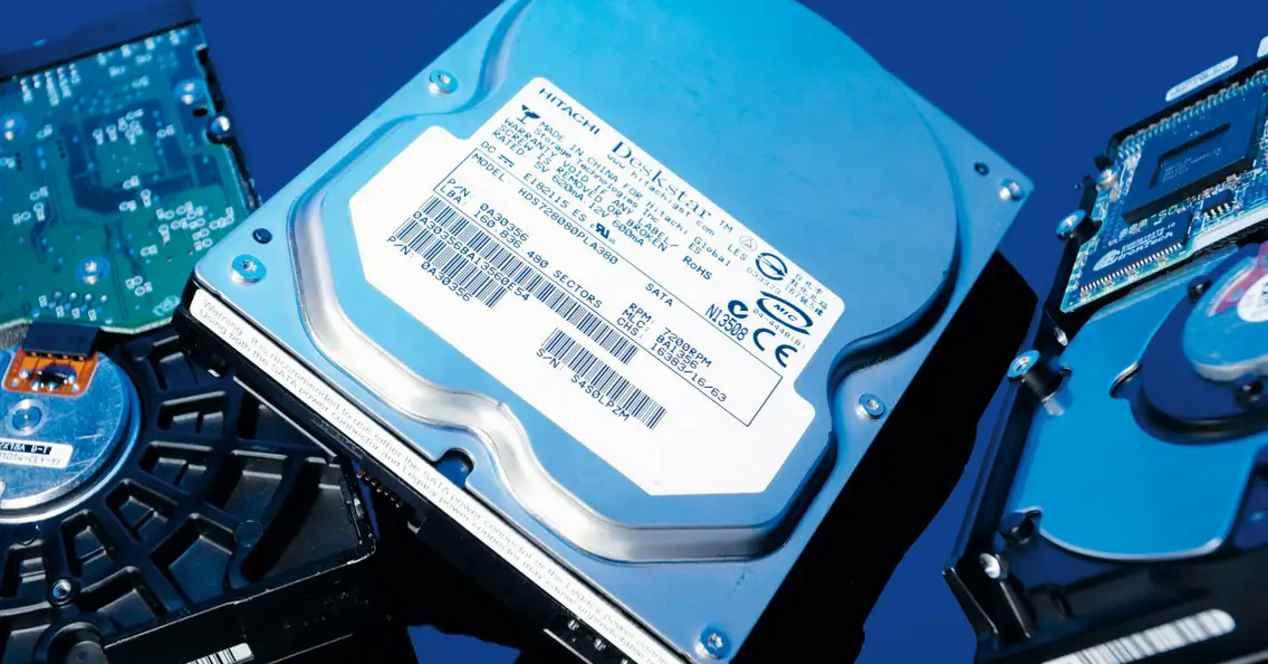
When buying a PCIe 4.0 SSD, you will have seen that the odd model is sold with a heatsink, but not all do. If we consider that they are one of the hottest parts in a PC, this is surprising to say the least. What makes NVMe SSDs heatsinkless?
It is recommended to use heatsink for a PCIe 4.0 SSD
The processing of information and the storage of it is not the only thing that consumes energy and generates heat in processors and memory, since so does the transfer of data. As the bandwidth increases, so does the energy consumption and the heat generated. Which leads to the point where it is recommended that the component have a heat sink.
It is true that most NVMe PCIe 4.0 SSDs are sold without an integrated heatsink as standard, but if you are going to place one in your PC we recommend putting a heatsink to reduce the heat emitted. The reason for this is that not all PCs are gaming towers with advanced cooling and space, so if you have a gaming laptop or a PC with a derived configuration then you may find that the SSD controller itself puts the brakes on and lowers the transfer speed due to thermal problems.
Of course, with laptops we run into a problem, which causes NVMe SSDs to be sold without a heatsink.
Gaming laptops do not include the heatsink
One of the biggest problems or obsessions on the part of industrial engineers who design new gaming laptops under the obsession of having the thinnest possible PC. This obviously affects the ability to fit a heatsink on most NVMe SSDs in them.
The reality is no there is no standard for how these heatsinks should beThis means that when designing gaming laptops and placing an M.2 interface for NVMe SSDs, the possibility of placing a PCIe SSD with one is not taken into account. Also since it is not part of the standard this allows manufacturers to create their own heatsinks and sell them separately, which means increasing profits by selling it as two separate pieces.
Due to the forward compatibility nature of the PCI Express interface with each new generation of the standard the power consumption is growing, for the moment an NVMe SSD without heatsink can be considered, but the point will come in what will it be necessary to do it, especially for systems with little space such as laptops.





